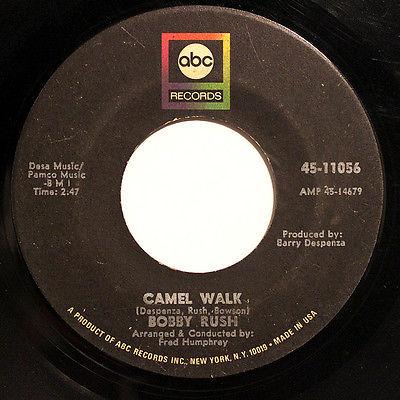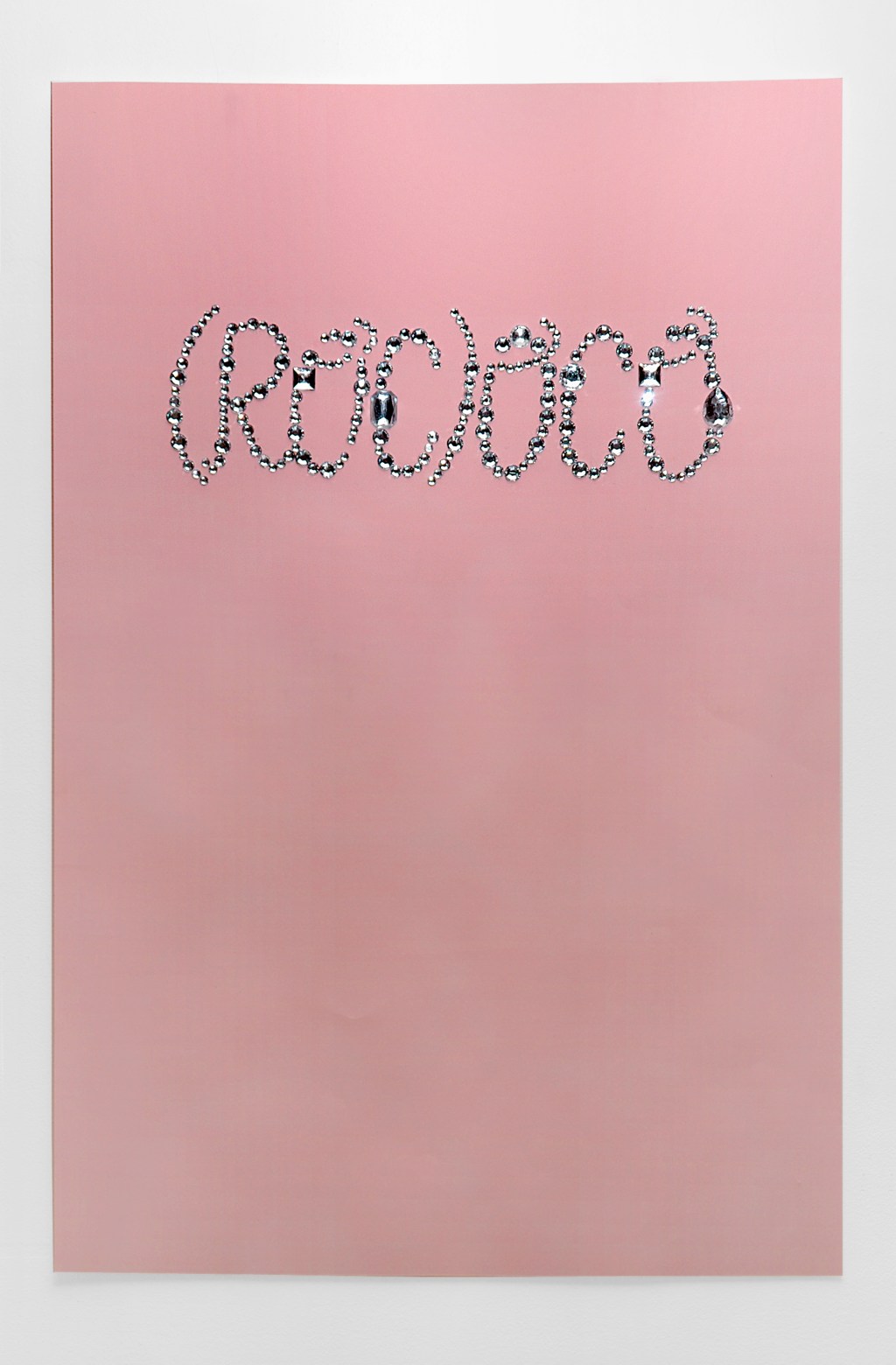Art
-
Energy Never Dies: Afro-Optimism and Creativity in Black Chicago
Energy Never Dies Afro-Optimism and Creativity in Chicago outlines the undefeatable culture of Black Chicago, past and present.
-
Stretching out the Boundaries of Jazz: 10 years of the Hyde Park Jazz Festival.
The Hyde Park Jazz Festival celebrates its 10th Anniversary with three dozen performances and programs on 11 stages across the neighborhood this weekend. Many of the performances, to their credit, lack easy categorization, and truly exemplify the spirit of Jazz from the South Side of Chicago (multi-layered, collaborative, and connected to the community).
-
Three the Hard Way: Breaking the feedback loop of time.
Friday July 10th marks the opening of a culminating group exhibition, part of my artist residency at the University of Chicago. from the show’s description: “Three the Hard Way” is an exhibition takes its title from a 1974 blaxploitation classic in which three action heroes, Fred Williamson, Jim Kelly, and Jim Brown must save the…
-
Do you Remember how to do the Camel Walk?
Do the Camel Walk! Last week on Reclaimed Soul, host Ayana Contreras played this rare local Chicago Blues/Soul record by Bobby Rush (not the former Black Panther turned Politician) from about 1968. In case you were wondering how to do the then-popular dance, here’s a clip of James Brown asking Sammy Davis, Jr. if he…
-
The Parishioner: St. Laurence’s Last Days.
This Summer, on the South Side of Chicago, St. Laurence’s is finally coming down. The grounds, which included a rectory and a school, already suffered through a devastating fire and neglect. the Archdiocese of Chicago closed the church in 2002. The former parishioner in the above photo came to pay his respects, fittingly, on…
-
100 Saxophones for Sun Ra Recap
Below is my audio recap of last week’s 100 Saxophones for Sun Ra. It originally aired on the radio program Reclaimed Soul on Vocalo, 89.5fm and 90.7fm here in Chicago. For more about the event click here. I’ve also included a slideshow. Jive on!
-
Shacks and Shanties: a temporary art project
The “Shacks & Shanties” project is a South Side Chicago installation initiative organized by Faheem Majeed. Shacks were constructed as platforms for artistic performances and installations. I attended one such installation/performance, titled “Ghana Must Go” after the infamous plaid patterned tote bags that are so prevalent in West Africa. I talked to Faheem Wajeed as…
-
Opera-Matic’s New Moon on the Lagoon
In this audio piece, I eavesdrop on rehearsals for Opera-matic’s very cool New Moon on the Lagoon, an “evening lullaby parade”, featuring a 15 foot tall giant moon that will be lit up from within by projections of facial expressions. It’ll be happening Friday May 10th and 11th, 2013 at the Humboldt Park Lagoon in…
-
Never Records… the Reclaimed Soul Interview cut on wax.
Fresh from New Orleans, it’s my interview with Ted Riederer…. that he cut by hand on clear wax. It’s the first Reclaimed Soul interview that was played directly from a real record to play on the radio show! Ted Riederer is a New York based artist who is in New Orleans running a pop-up record…
-
Dreams in Jay-Z Minor: The Intersection of Visual Art + Excess + Lyrics
Visual Artists Amanda Williams + Krista Franklin have collaborated on “Dreams in Jay-Z Minor”, a new exhibition at Blanc Gallery in Bronzeville running October 5, 2012 – December 29, 2012. Connected by dual recurring dreams of Jay-Z, Williams and Franklin explore the natures of upward mobility, excess, fantasy, and hip-hop luxury. In their works they…







